In this section
Ocean Topics
- Climate & Weather
- How the Ocean Works
- Ocean & Human Lives
- Ocean Life
- Sustainable Ocean
- Ocean Tech
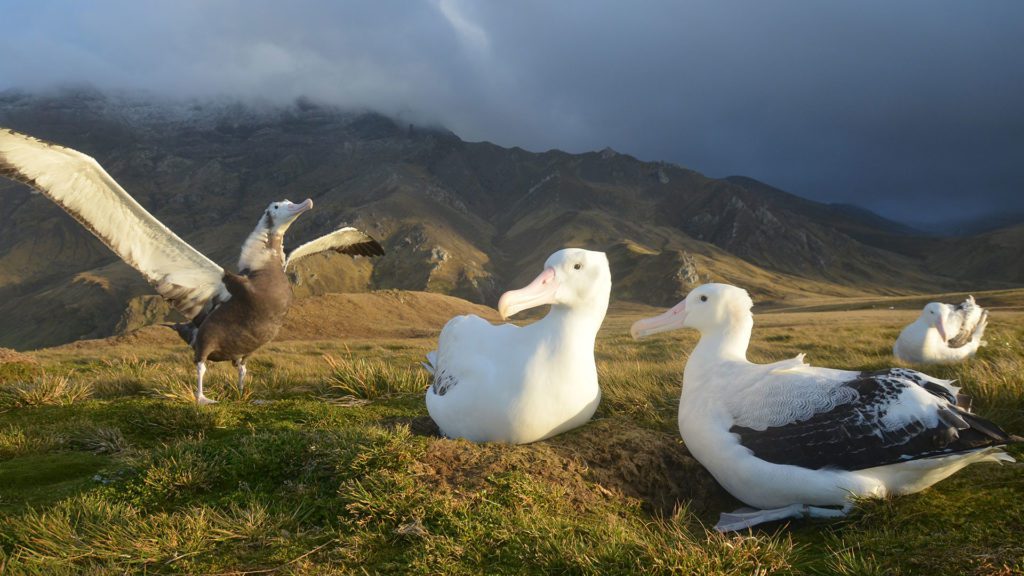
A pair of wandering albatrosses with a juvenile ready to fly. (Photo by Henri Weimerskirch)
Seabirds are a vital part of the ocean ecosystem, connecting land, air, and sea. From the soaring albatross to the iconic emperor penguin, these birds have adapted to some of the harshest environments on Earth. They play key roles in marine food webs and help scientists monitor the health of ocean ecosystems.
Researchers study sea birds to better understand how ocean conditions affect their survival, behavior, and reproduction. Seabirds are sensitive to changes in climate, food availability, and habitat loss, making them essential indicators of broader environmental change.
Much of the recent focus has been on emperor penguins, the largest living penguin species. These birds depend on stable sea ice to raise their chicks, but warming temperatures and melting ice are threatening their future. Scientists are utilizing everything from drones to satellite imagery and even specialized robots to monitor colonies and track how populations evolve.
Studies also explore how seabirds respond to extreme weather, such as tropical cyclones, and how their behaviors—from feeding to nesting—are influenced by shifting ocean patterns. Some research has even examined the surprising effects of personality traits, such as boldness, on mate selection and survival.
As climate change accelerates, sea birds face growing risks—but they also offer critical insight into what’s happening across Earth’s ocean systems.
All Topics on Seabirds
Emperor Penguins
The emperor penguin is the largest living penguin species standing around 115 centimeters tall. Once they have found a partner, they work together to keep their young fed and safe.
Articles Related to Seabirds
From Oceanus Magazine
A polar stethoscope
Breaking Point
Wintering Waterbirds
Wind Water and Ice
When it comes to albatross ‘divorce,’ climate isn’t the only issue
On the crumbling edge
Fascinating facts about emperor penguins
Experts Explore the Edges
From Penguins to Polar Bears
News Releases
High Resolution Imagery Advances the Ability to Monitor Decadal Changes in Emperor Penguin Populations
Emperor penguins granted protections under Endangered Species Act
The bolder bird gets (and keeps) the girl
News & Insights
Valentine’s Day Courtship Tips from the Ocean
Recognizing Massachusetts Right Whale Day
What happens to natural gas in the ocean?
WHOI working to address ocean acidification; protect region’s vital shellfish industry
Unicorns of the Arctic face a new potential threat
WHOI in the News
Penguin parents sleep for just a few seconds at a time to guard newborns, study shows
Emperor Penguins Are Protected Under the Endangered Species Act
Melting ice imperils 98% of Emperor penguin colonies by 2100
Are emperor penguins eating enough?
Features
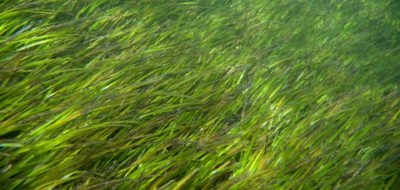
Seagrass meadows are plants adapted to live a completely submerged life in the salty shallows.

Environmental DNA (eDNA) is essentially DNA collected from the environment. As animals swim through the ocean, they're constantly releasing DNA…
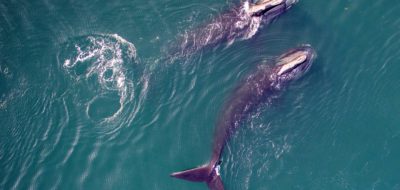
Northern right whales are large baleen whales known for their distinctive callosities and slow-moving nature. Read our FAQ about this…
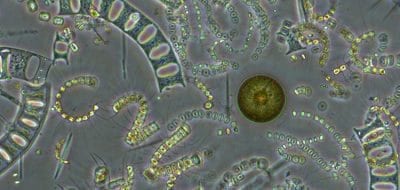
Ocean plants are critical to marine life—they are an important food source, they provide oxygen to surrounding marine life, and…

Benthic animals live on the sea floor and are typically invertebrates, such as sea anemones, sponges, corals, sea stars, sea…
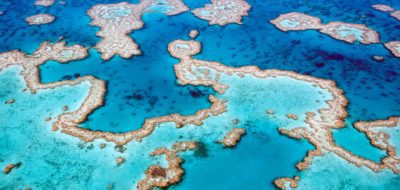
A healthy reef protects coastlines from wave damage, plays a critical role in providing food, boosts the economy, and provides…

Stressors can affect organisms living on the reef or they can affect the corals, themselves. When corals die, other organisms…
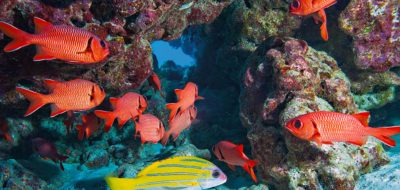
Fish that inhabit a coral reef play essential roles in the reef ecosystem, and reefs without fish struggle to recover…

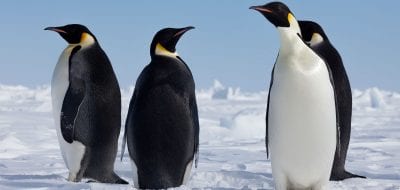
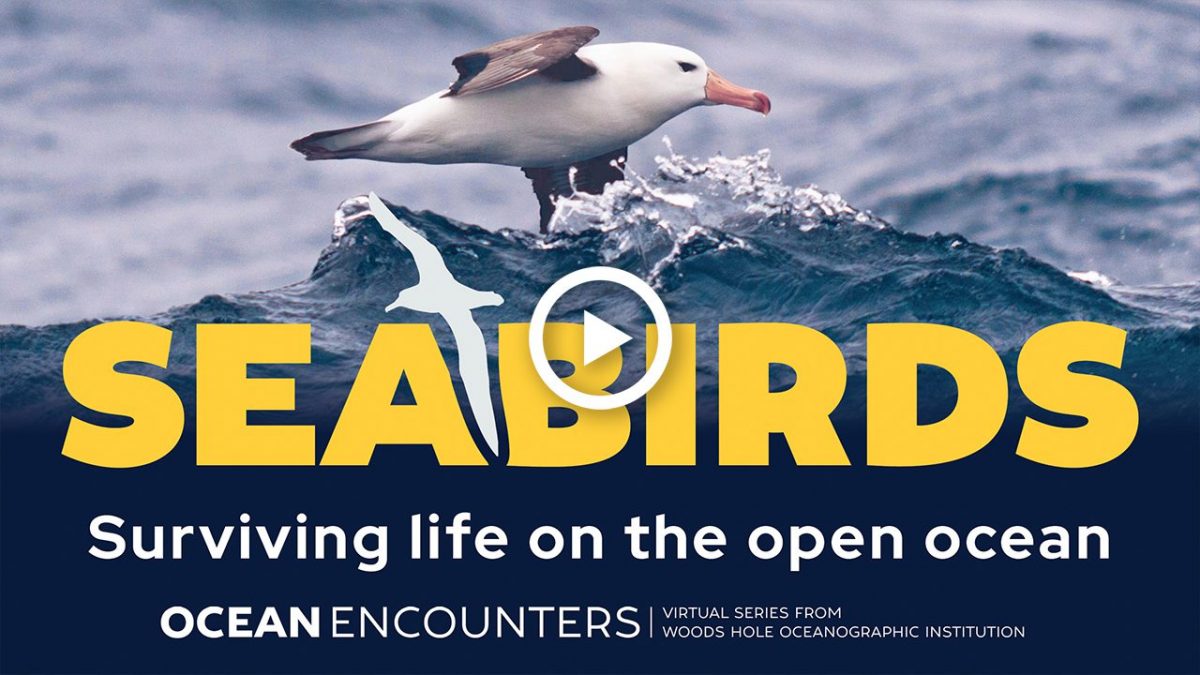
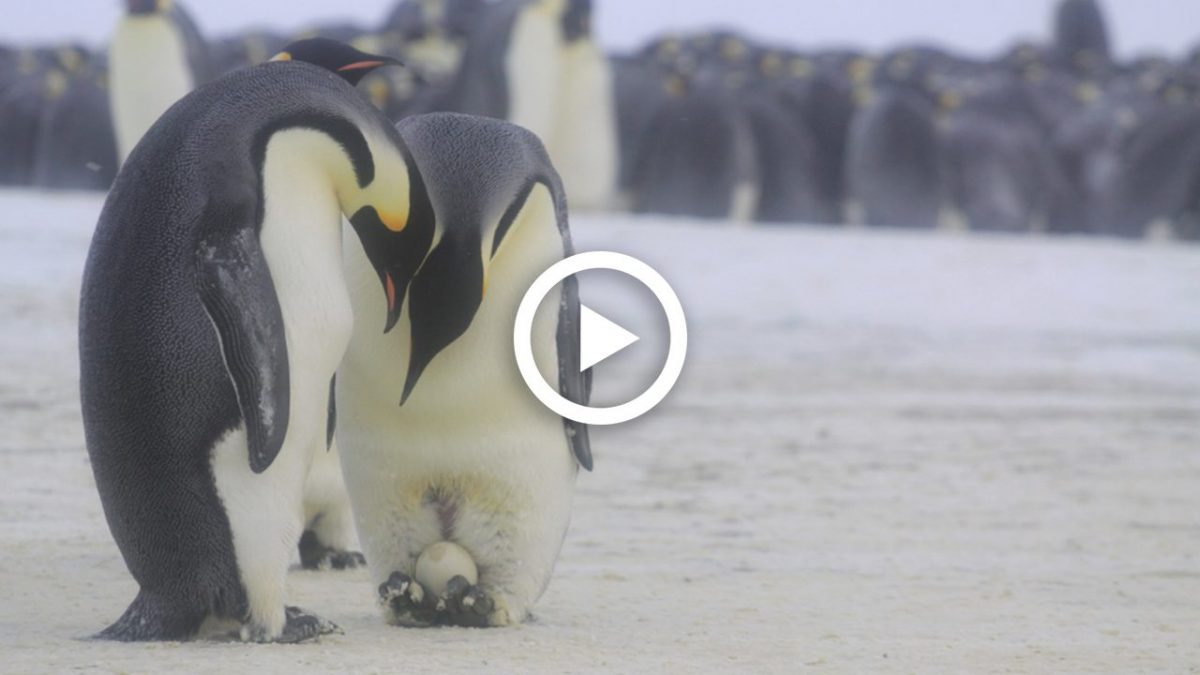
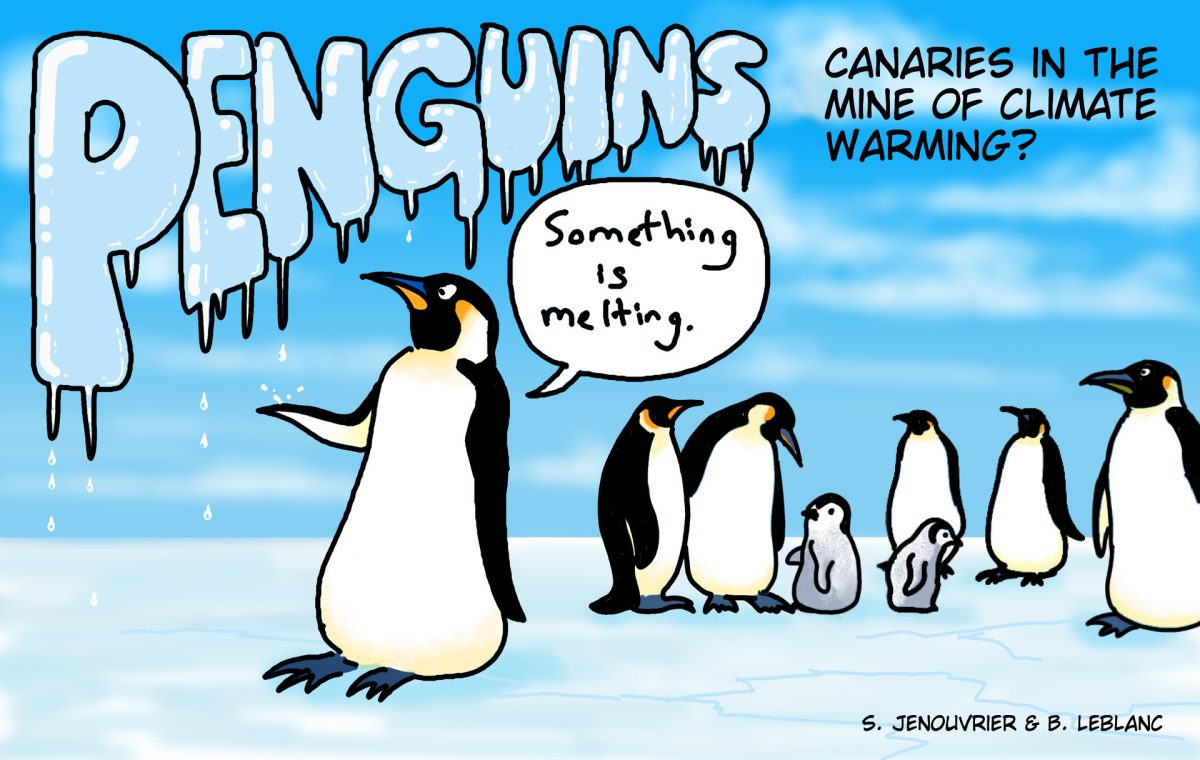
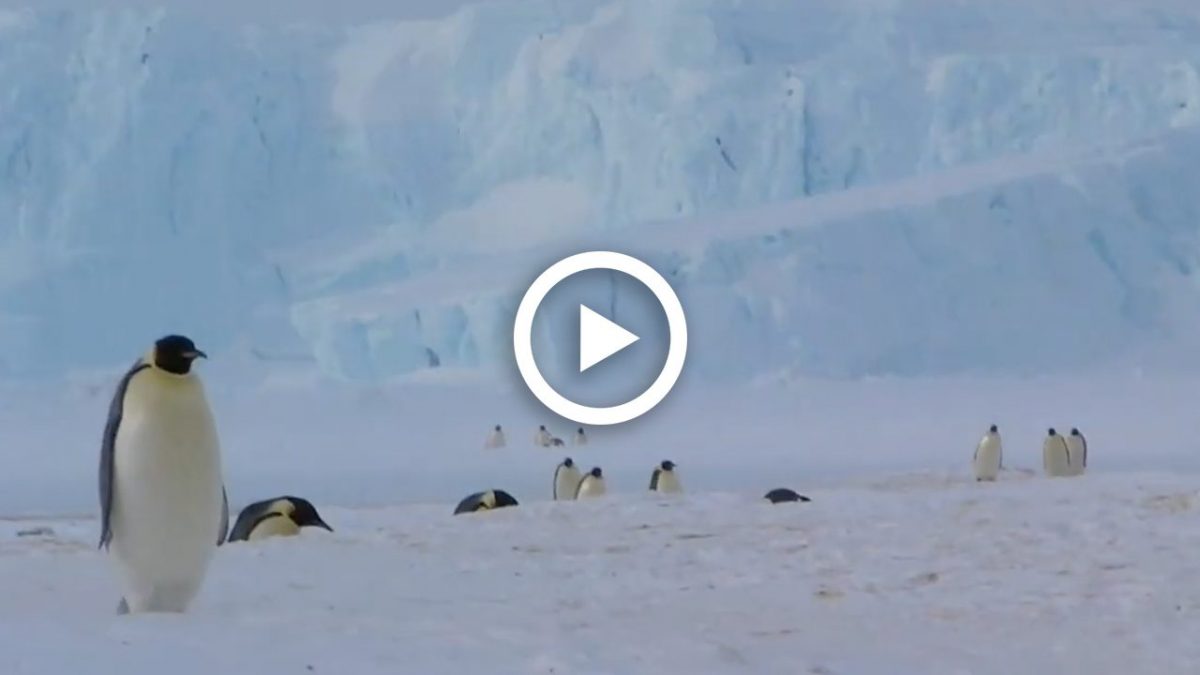
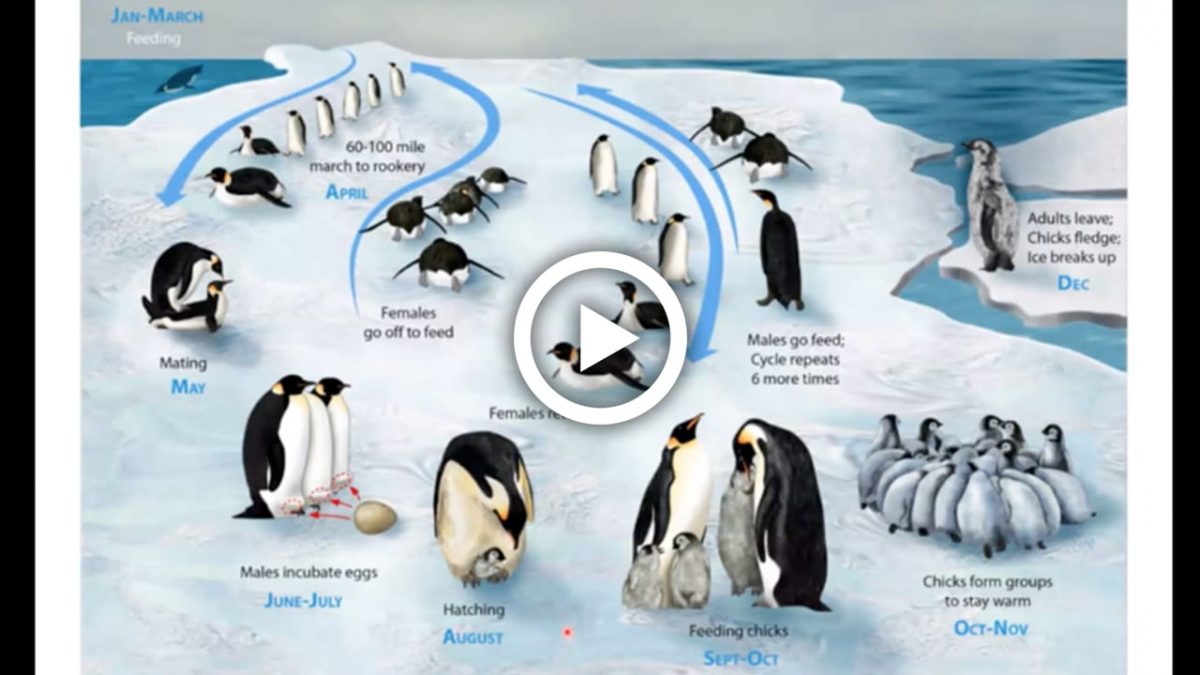

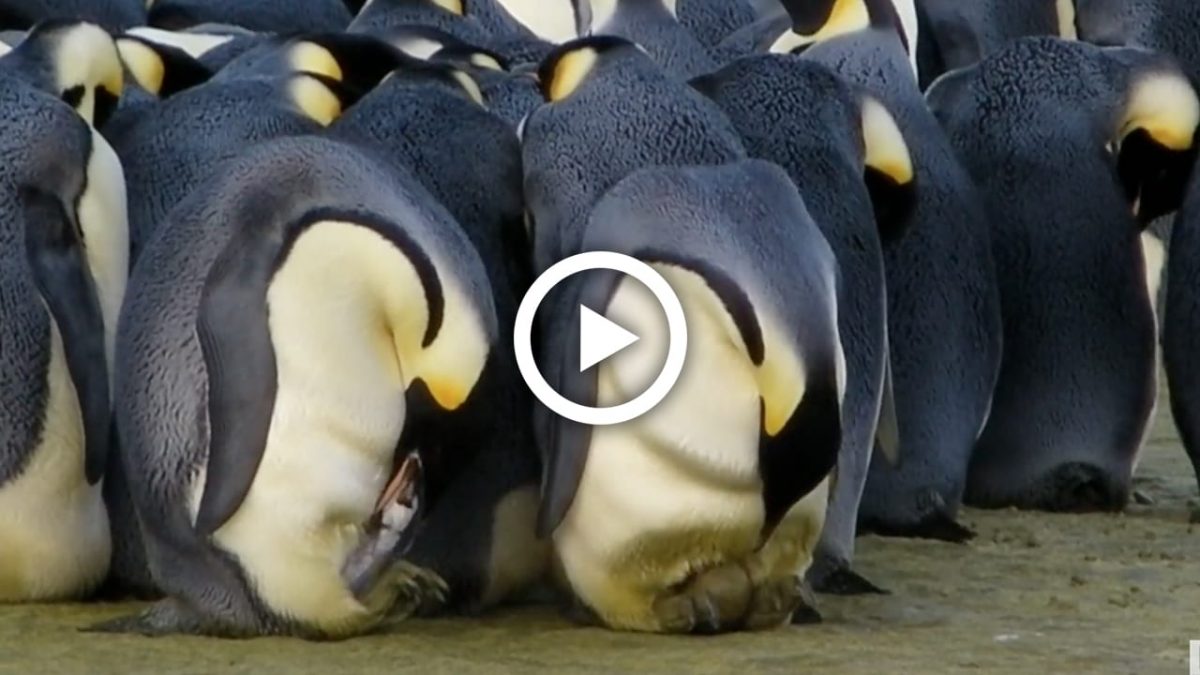
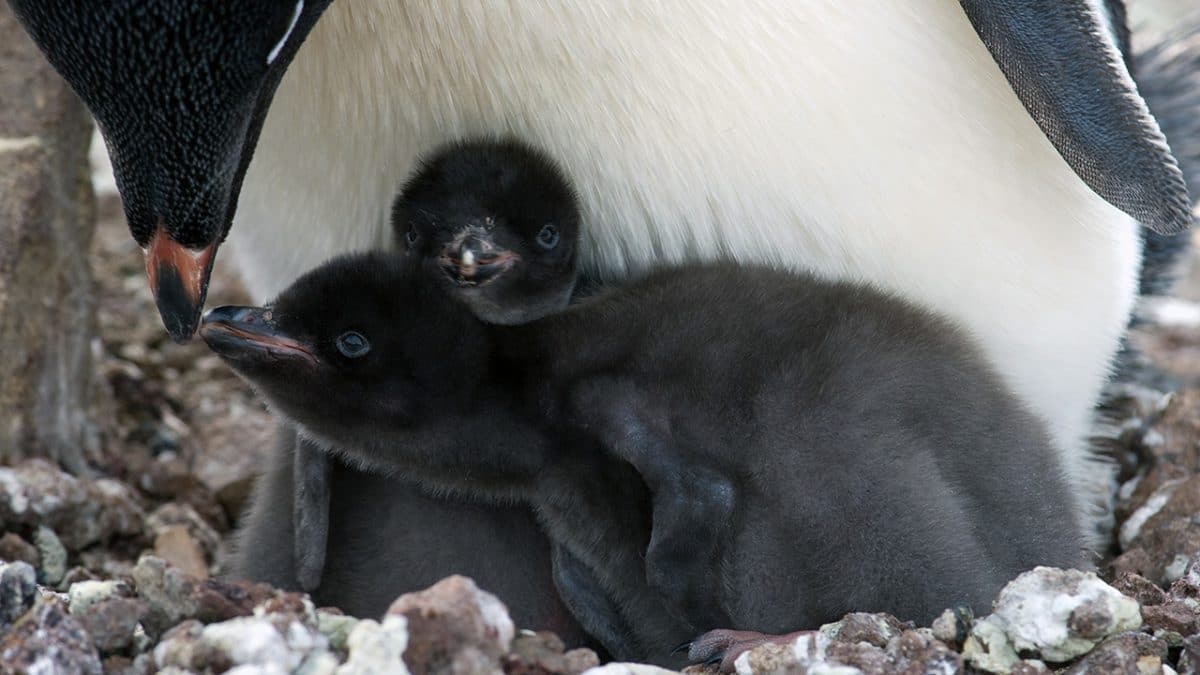
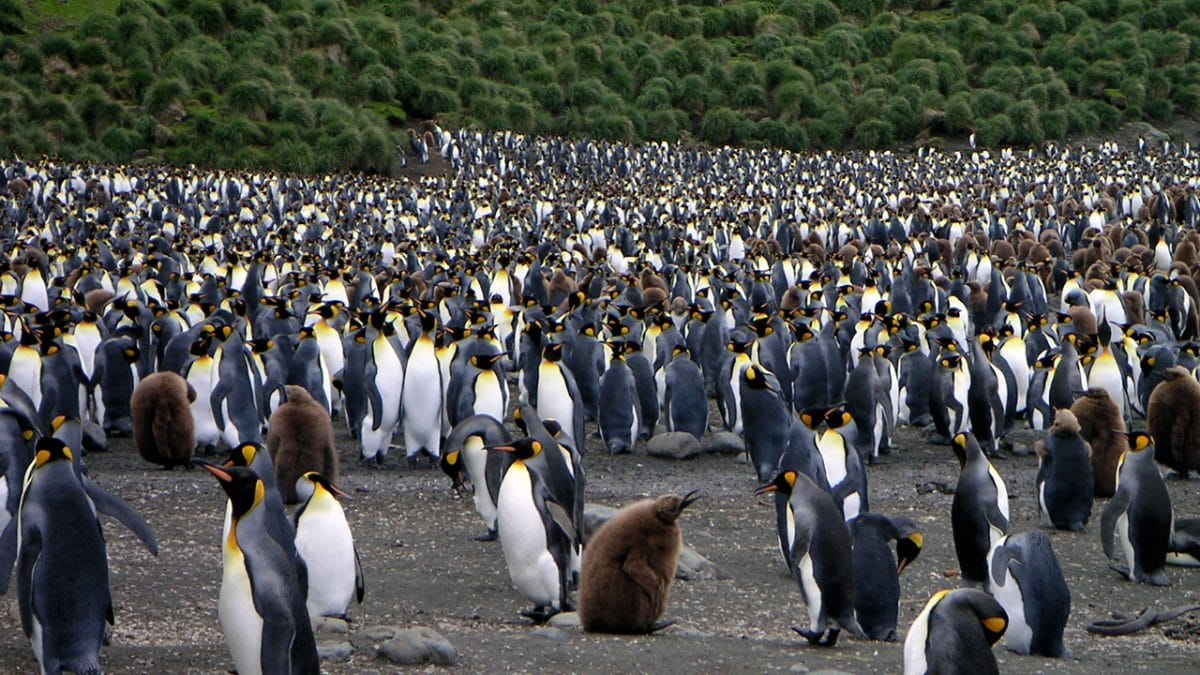
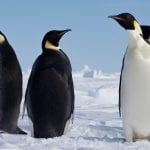 Emperor Penguins
Emperor Penguins